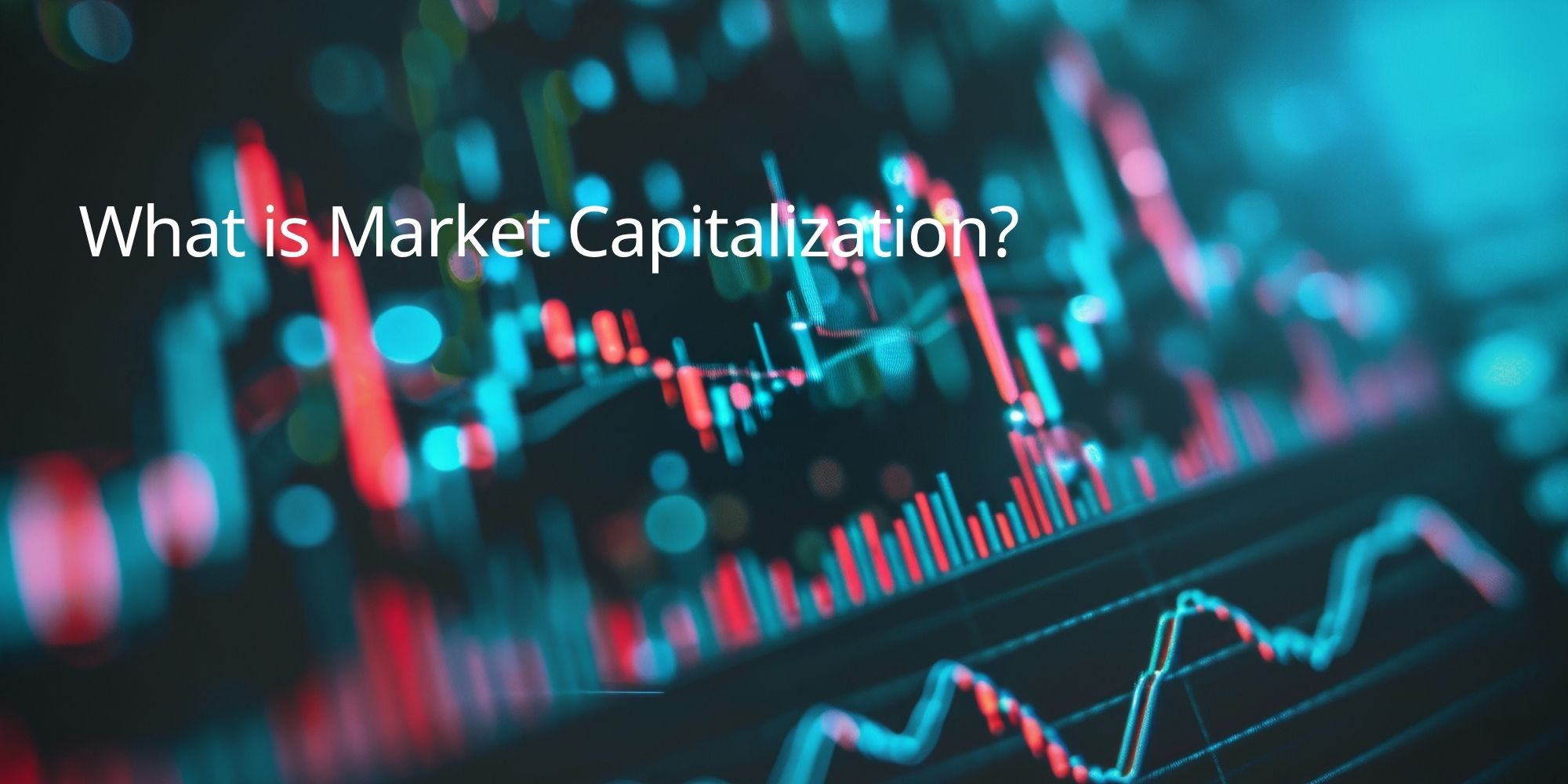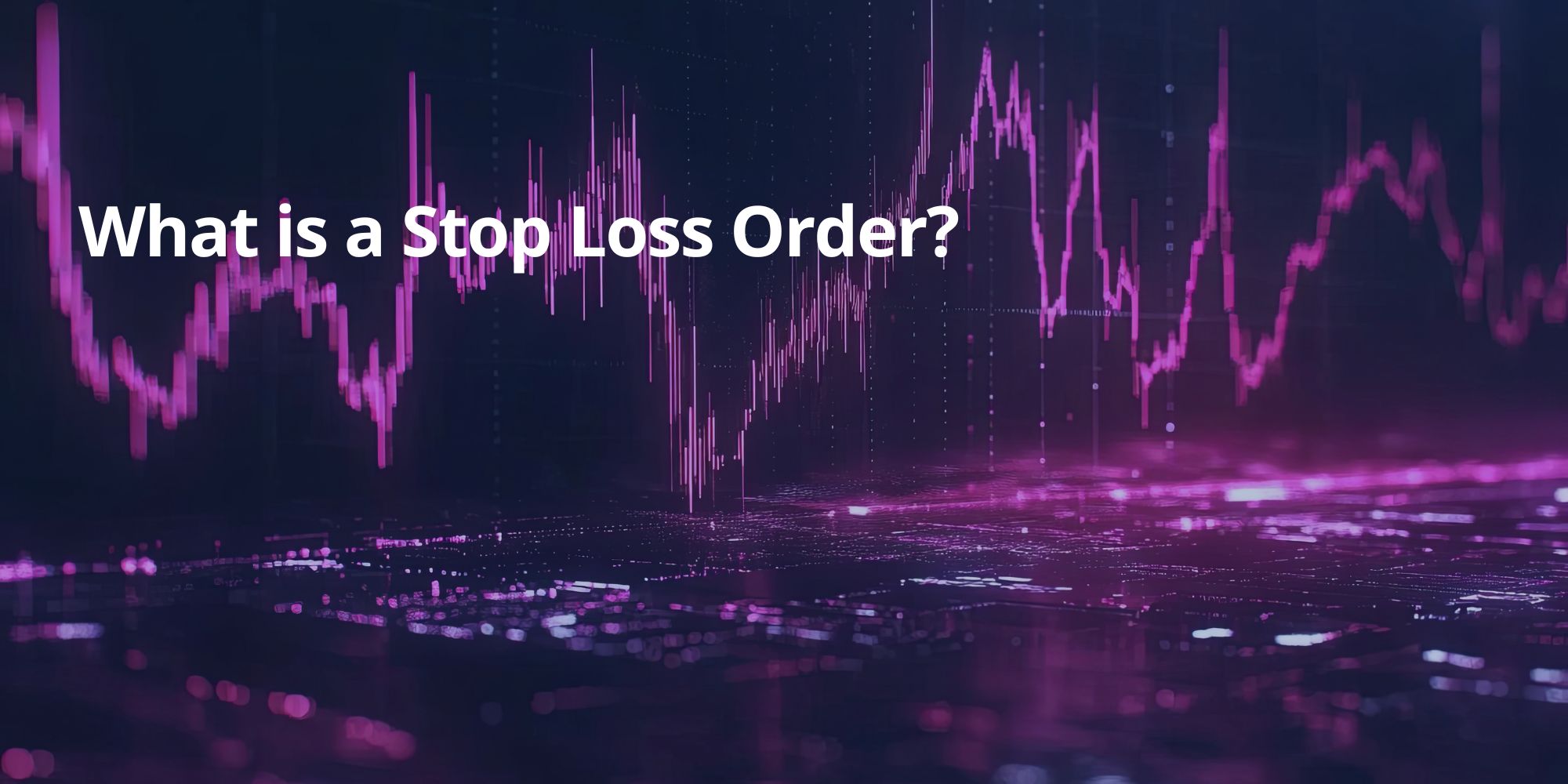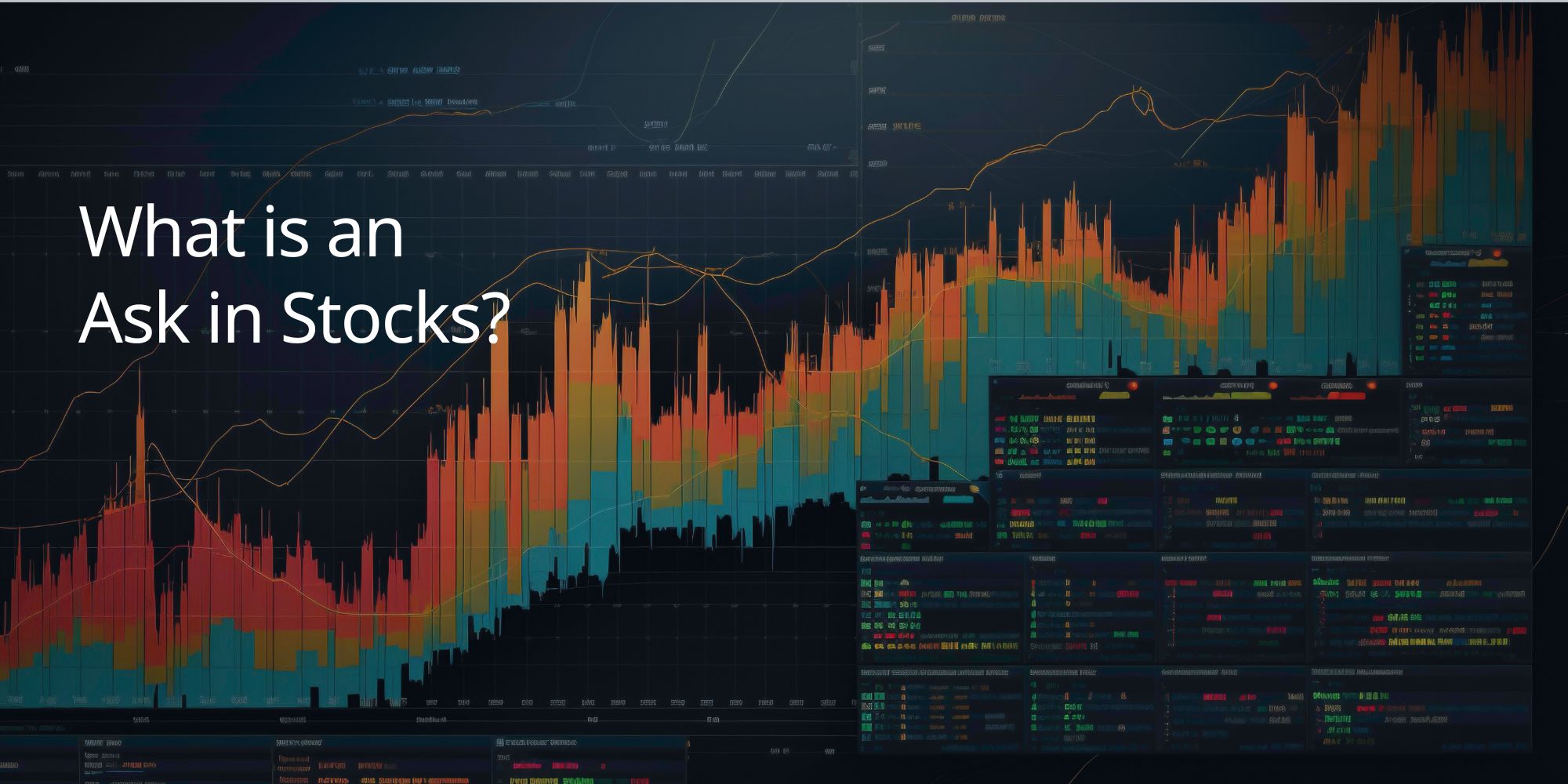What Is Market Capitalization?
Market capitalization, or market cap, is one of the most fundamental metrics in finance and trading. It reflects how much the market values a company and serves as a quick gauge of its size, stability, and investor perception.
For traders using PlexyTrade, understanding market capitalization expands your analytical toolkit, helping you compare companies, evaluate market positions, and make better-informed trading and investment decisions.
This article breaks down what market capitalization is, how it’s calculated, why it matters, and how it can be used as a key indicator when building trading strategies.
Understanding Market Capitalization
Market capitalization represents the total market value of a company’s outstanding shares. It’s calculated by multiplying the current stock price by the number of shares available to the public. The calculation is straightforward: you multiply the current stock price by the total number of shares available to the public. For example, if a company’s share price is $50 and it has 20 million shares outstanding, its market capitalization would be $1 billion.
Because share prices fluctuate constantly during trading hours, a company’s market cap changes in real time, reflecting investor sentiment, economic shifts, and corporate performance.
At PlexyTrade, we encourage traders to closely monitor these changes, as shifts in market capitalization can signal evolving investor confidence and emerging opportunities.
The Importance of Market Capitalization
Understanding market capitalization is fundamental to developing effective trading and investment strategies. It provides a quick snapshot of a company’s overall market value and helps investors classify companies into different categories based on size and risk level.
Traders and investors often use market capitalization (or market cap) to make diversification decisions and to evaluate risk versus growth potential within their portfolios.
- Large-cap and mega-cap companies tend to exhibit lower volatility and more price stability, which appeals to conservative or beginner traders seeking predictable performance.
- Small-cap and mid-cap companies, on the other hand, typically offer greater growth potential. However, they come with a higher risk, making them more suitable for experienced or risk-tolerant traders.
Knowing a company’s market cap allows you to better align your trading approach with your financial goals and risk management preferences.
Types of Market Capitalization
Companies are grouped into different categories based on their market cap size, each representing varying levels of stability, growth potential, and risk:
- Mega-Cap: Companies with a market cap of $200 billion or more. These firms are often industry giants with strong balance sheets and global operations.
- Large-Cap: Valued between $10 billion and $200 billion, large-cap companies are usually well-established leaders in their sectors.
- Mid-Cap: Companies with a market cap between $2 billion and $10 billion. They often balance growth potential with moderate risk, appealing to diversified investors.
- Small-Cap: Valued between $250 million and $2 billion, small-cap firms are typically in earlier growth stages, offering higher returns but greater volatility.
- Micro-Cap: Companies with a market cap below $250 million. These are usually highly speculative and sensitive to market movements.
Diversifying across these categories helps traders and investors build resilient portfolios capable of adapting to changing economic and market conditions.
Factors Influencing Market Capitalization
Several factors can influence a company’s market cap, including:
- Share Price Movements: The most direct factor is that when a company’s stock price rises or falls, its market cap changes accordingly. Earnings reports, macroeconomic events, or investor sentiment can drive price fluctuations.
- Number of Shares Outstanding: Corporate actions such as share buybacks or new share issuance impact the number of shares available in the market. Issuing more shares can dilute value unless the new capital contributes to meaningful growth.
- Corporate Events: Activities such as mergers, acquisitions, stock splits, or reverse splits can immediately affect a company’s market cap. These events often signal strategic shifts that may influence investor perception and pricing.
Monitoring these factors helps traders understand how external and internal developments shape a company’s market value over time.
Market Capitalization vs. Other Valuation Metrics
While market capitalization is a key measure of a company’s size, it differs from other valuation metrics that assess overall financial health or investment potential.
| Metric | What it Measures | Calculation |
| Market Cap | Size (market value of equity) | Share price × Shares outstanding |
| Enterprise Value | Total company value (includes debt) | Market Cap + Debt – Cash |
| Price/Earnings Ratio | Valuation relative to earnings | Share price / Earnings per share |
Market capitalization focuses on the equity portion of a company’s value, while enterprise value offers a more comprehensive picture by accounting for debt and cash reserves.
This distinction becomes particularly important during acquisitions or mergers, as EV reflects the actual cost of purchasing a company, something that market cap alone cannot reveal.
By understanding these differences, traders and investors can make more accurate comparisons between companies and determine which opportunities align best with their investment objectives.
Conclusion
The market capitalization of a company provides a snapshot of its overall market value, helping traders and investors understand size, stability, and growth potential at a glance. By categorizing companies into mega-cap, large-cap, mid-cap, small-cap, and micro-cap groups, traders can align their investments with their risk tolerance and strategic objectives.
However, while market cap is a valuable indicator, it should be considered alongside other metrics such as enterprise value and price-to-earnings ratios for a fuller understanding of a company’s financial health.
At PlexyTrade, we encourage traders to use market capitalization not only as a measure of size but as a strategic tool, helping you diversify portfolios, manage risk, and identify the opportunities that best align with your trading goals.














